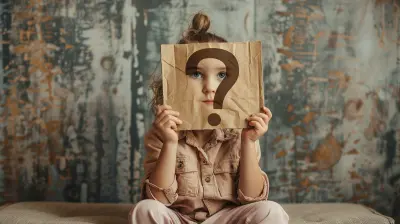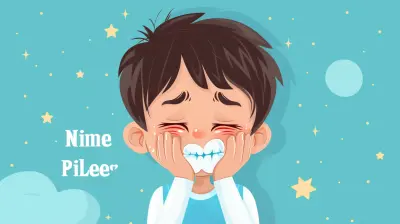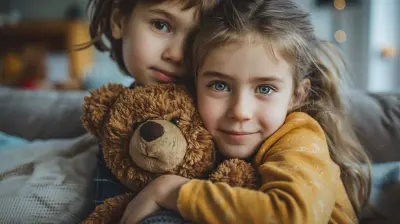The Role of Music and Movement in Emotional Healing
25 July 2025
Ever had a song suddenly teleport you to a moment in the past? Maybe a breakup, a childhood memory, or a time of joy? Music, just like movement, has a funny way of bypassing the brain and punching you right in the feels. When paired together, music and movement become an incredibly powerful tool for emotional healing.
In this post, we’re going to dig deep into the emotional magic that happens when rhythm meets motion — and how it can help both kids and adults process their feelings, rebuild confidence, and find peace in chaos.
Let’s be real: Life throws curveballs. And when your child, or even you as a parent, are knee-deep in big feelings, traditional coping methods sometimes fall short. That’s where music and movement step in like an old friend with a warm hug. Let’s break it down.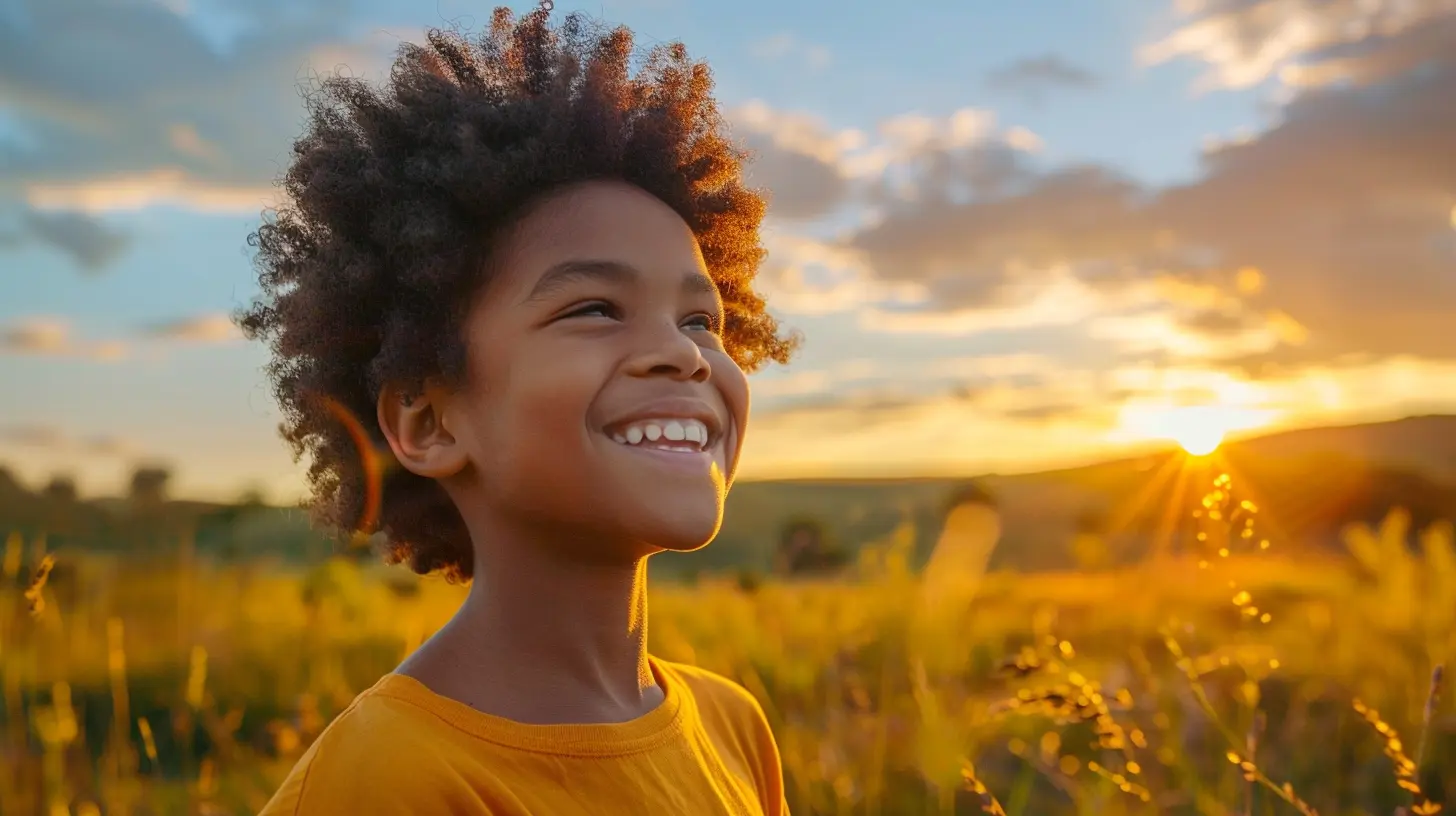
Why Emotions Get Stuck in the Body
Before we talk about healing, let’s understand the hurt. Emotions aren't just in your head — they're literally in your body. That pit in your stomach when you're anxious? The tension in your shoulders when you're stressed? That’s your body storing your emotional baggage.When we experience trauma (big or small), those emotions don’t just vanish. If we don’t release them, they stick around in weird ways — like mood swings, anxiety, sleep issues, or even physical pain. Especially for kids, who haven’t yet developed the vocabulary to explain their emotional world, movement and music offer an outlet to process all that inner noise.
The Healing Power of Music
So, what is it about music that stirs the soul?Music taps into the brain’s reward system. When we listen to music — especially the stuff we love — our brain floods with dopamine, that feel-good chemical that makes everything a little better. Beyond the science, music allows us to feel seen and understood. Ever heard a song that described exactly how you felt, even when you couldn't articulate it yourself? That‘s not coincidence — that’s emotional resonance.
For kids, music becomes a language of its own. A gentle lullaby can soothe a tantrum. A silly dance song can break grumpy moods wide open. A sad tune might even help them cry a little when they need to let emotions out.
Music Offers:
- Emotional Validation: It’s okay to feel what you feel when you hear music that mirrors your mood.- Stress Relief: Music reduces cortisol (the stress hormone) and increases serotonin (the happy hormone).
- Improved Focus and Sleep: Yep, goodbye to monkey-mind — slow melodies can actually help regulate the nervous system.
- Connection and Belonging: Singing and listening to music together builds bonds and fosters empathy.

Move Your Body, Heal Your Soul
You don’t have to be told that movement is good for you — but the real surprise? It does wonders for emotional health, too.When we move — whether we’re dancing like maniacs or flowing through yoga poses — we stir up stagnant energy. Movement releases endorphins, clears stored tension, and helps us reconnect with our bodies in a safe and playful way. For kids, movement is practically second nature. They shake, spin, skip, and twirl their way through life. Harnessing that natural instinct can be a key to unlocking intense emotions buried deep inside.
Movement Heals By:
- Letting the Body Speak: When words fall short, the body steps in. Big feelings can come out through big movements.- Creating a Safe Physical Outlet: Kids (and adults) need a physical channel to discharge emotional energy. Dancing, jump rope, swinging — it all helps.
- Building Confidence: Mastering moves — whether it's a simple dance routine or somersault — boosts self-esteem and emotional resilience.
- Bringing Mindfulness: Movement, especially when paired with music, keeps us in the present moment — away from past regrets or future anxieties.
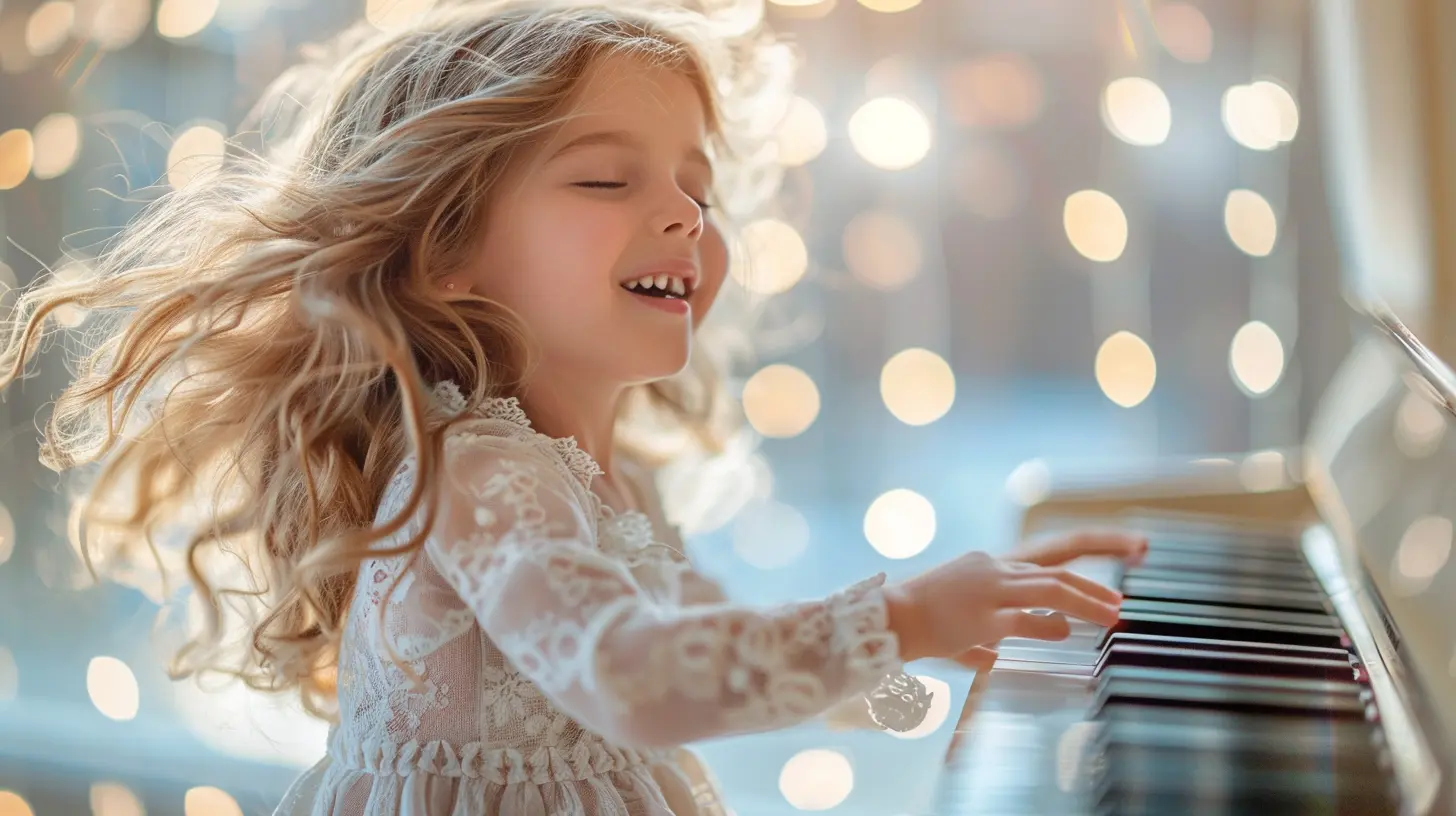
The Magic of Combining Music and Movement
Now, let’s mix the two and talk about the real goldmine: music + movement = emotional rocket fuel.Think about how kids naturally respond when they hear music. They move. Their bodies can’t help it. That’s the body’s way of processing the rhythm not just externally, but internally. Whether it’s a toddler bouncing to a beat or an adult swaying to soft jazz in the kitchen after a long day — that movement helps emotions flow, instead of getting stuck.
So, when you combine the rhythm of music with intentional or spontaneous movement, you're creating a powerful environment for emotional expression and release — one that doesn’t rely on logic or language.
Real-Life Ways to Use Music and Movement for Emotional Healing
Okay, so how do you actually bring this into your daily life? Especially in a way that’s not forced or awkward?Here are some practical, low-pressure ideas:
1. Feelings Dance Party
Pick songs that reflect different emotions. Start with a “mad” song, then move through “sad”, “happy”, “calm”. Ask your kids how the song makes them feel, and encourage them to move their bodies in a way that expresses that emotion.You’ll be amazed at how healing it is to channel anger through stomping feet or sadness through slow, flowing arms.
2. Create a Comfort Playlist
Build a playlist with your child (or for yourself) with songs that feel soothing or uplifting. Use it during meltdowns, bedtime, or “off” days. Soft music can help regulate breathing and bring the nervous system down from high alert.3. Improv Movement Games
Try “Freeze Dance” with emotions. When the music stops, call out an emotion, and have everyone strike a pose that shows it: Angry! Scared! Excited! It’s fun — but it’s also emotional literacy in disguise.4. Use Music in Transitions
Struggling with morning routines or bedtime battles? Create transition playlists that set the tone. Upbeat songs for getting dressed, mellow tunes for winding down. Music acts as an emotional cue, easing stress and resistance.5. Go on a Sound Walk
Take a walk and just listen. Not to your phones — but to the world. The birds, the breeze, the crunch of leaves. Sync your steps to sounds around you. It’s grounding, calming, and centers your awareness in the present.Emotional Healing Through Movement in Adults
We often focus so much on our kids’ emotions that we shove ours aside. But parents need healing too.Movement and music are just as powerful for adults. In fact, moving your body is one of the quickest ways to shift your emotional state — and you don’t need a gym or a ballet studio to do it.
- Turn on a playlist and dance alone in the kitchen — five minutes is all it takes.
- Try yoga with a soothing playlist to unwind after a long day.
- Go on a walk with headphones in and let yourself cry, smile, daydream, or just breathe.
There’s no “right” way to use music and movement. The only rule? Let it move you.
When to Use Music and Movement as a Support Tool
Not every moment is a dance party, and not every emotional wound can be solved by a song. But there are key times when this combo is especially helpful:- After a tough day at school or work
- Following tantrums or emotional outbursts
- During transition periods (like switching classrooms, moving houses, or dealing with divorce)
- As a daily release ritual — to prevent emotional buildup
Not a Dancer? Not a Problem.
You might be thinking, “But I can’t dance. I’ve got two left feet.” Trust me — this isn’t about moves. It’s about motion. Your body already knows what it needs — you just need to give it permission.Same goes for your child. Whether they're shy or outgoing, moving freely to music helps them learn it’s okay to feel whatever they’re feeling — and that those feelings can be safely released.
The Takeaway
Music and movement aren’t just fun — they’re therapeutic lifelines. In a world where emotions often get buried under busyness, schedules, and expectations, they offer a safe space for feeling, processing, and healing — all without saying a word.Let them dance. Let yourself dance too. Cry to a song. Laugh during a silly stretch. Let the rhythm remind you that feelings are meant to move through us — not sit inside of us.
So if you’re ever stuck in a storm of emotion, don’t overthink it. Just press play… and move.
all images in this post were generated using AI tools
Category:
Mental HealthAuthor:

Kelly Snow
Discussion
rate this article
1 comments
Juniper Wright
Music and movement can be powerful tools in emotional healing for both children and adults. Engaging with rhythmic patterns and melodies fosters connection, encourages expression, and promotes resilience. Integrating these elements into daily life can significantly enhance emotional well-being and facilitate healing processes.
August 2, 2025 at 2:27 AM

Kelly Snow
Thank you for your insightful comment! I completely agree—music and movement can profoundly impact emotional healing, fostering connection and resilience across all ages.
